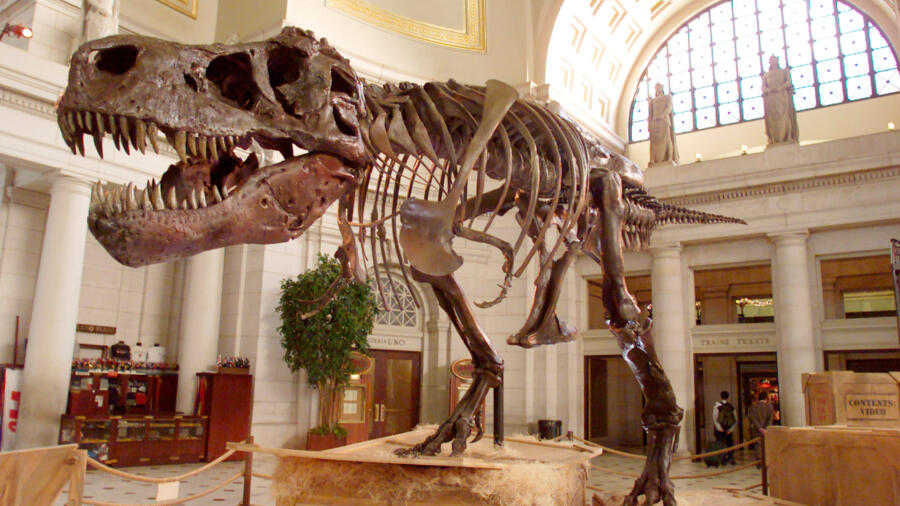
On August 12, 1990, Susan Hendrickson discovered what turned out to be the largest and most complete Tyrannosaurus Rex skeleton. On display at the Field Museum in Chicago, Ill., the T-Rex is known as “Sue” in honor of the self-taught paleontologist who unearthed it.
Born in Chicago, Ill. on December 2, 1949, Hendrickson’s path to paleontology was an unconventional one. As a young girl, she was rebellious and adventurous. She convinced her parents to let her move to Fort Lauderdale, Fla. with her aunt. Once she discovered her love for swimming, Hendrickson dropped out of high school at age 17. After traveling around the country with her boyfriend, she
settled in the Florida Keys when she was hired by two professional divers who owned an aquarium fish business.
In the early 1960s, she began participating in wreck diving expeditions where she first cultivated her love for exploring. Hendrickson’s first introduction to fossils was during a dive in the Dominican Republic in the mid-1970s. She took a day trip to an amber mine in the mountains and became fascinated with fossils when a miner showed her an insect preserved in amber. By the mid-1980s, she became one of the largest amber providers to scientists, including discovering three perfect 23-million-year-old butterflies. By the late 1980s, Hendrickson had linked up with a team of paleontologists and joined them in discovering and excavating fossilized dolphins, seals, and sharks at an ancient seabed in Peru.

She followed one of the paleontologists from her Peru expedition to South Dakota. It was at that location where she made her incredible discovery of what she called “the biggest, baddest carnivorous beast that ever walked on earth.” On August 12, 1990, Hendrickson and her colleagues were on their way home from the field site when they got a flat tire. While she waited for the tire to be changed, Hendrickson took a walk along the foot of a nearby cliff. On the ground, she saw small fragments of bones and then she looked upward. That’s when she saw larger bones sticking out of the face of the cliff. Sure enough, she discovered the largest, most complete and best preserved Tyrannosaurus Rex ever found. Sixty-seven million years old, the T-Rex she discovered is 42 feet long with over 200 bones preserved.
Hendrickson’s discovery was extremely important in helping us better understand dinosaurs. Scientists were able to support the long-standing theory that modern birds evolved from, or are related to, dinosaurs. In addition, the fossil allowed them to learn that the T-Rex was a lot slower than had previously been hypothesized.
Two years after discovering Sue, Hendrickson joined a team of marine archaeologists in 1992 to take part in another series of diving expeditions. Two of her team’s most notable discoveries on this trip were the Royal Quarters of Cleopatra as well as Napoleon Bonaparte’s lost fleet from the Battle of the Nile.

In the last few years, she has been spending a lot of her time working on protecting the environment on an island in Honduras. In 2008, she published her autobiography “Hunt for the Past: My Life as an Explorer.” Although she was self-taught, Hendrickson received an Honorary PhD from University of Illinois at Chicago in 2000 and a Medal of Honor from Barnard University in 2002 for her contributions to paleontology and marine archaeology. Her advice to future explorers: “Never lose your curiosity about everything in the universe – it can take you places you never thought possible!”